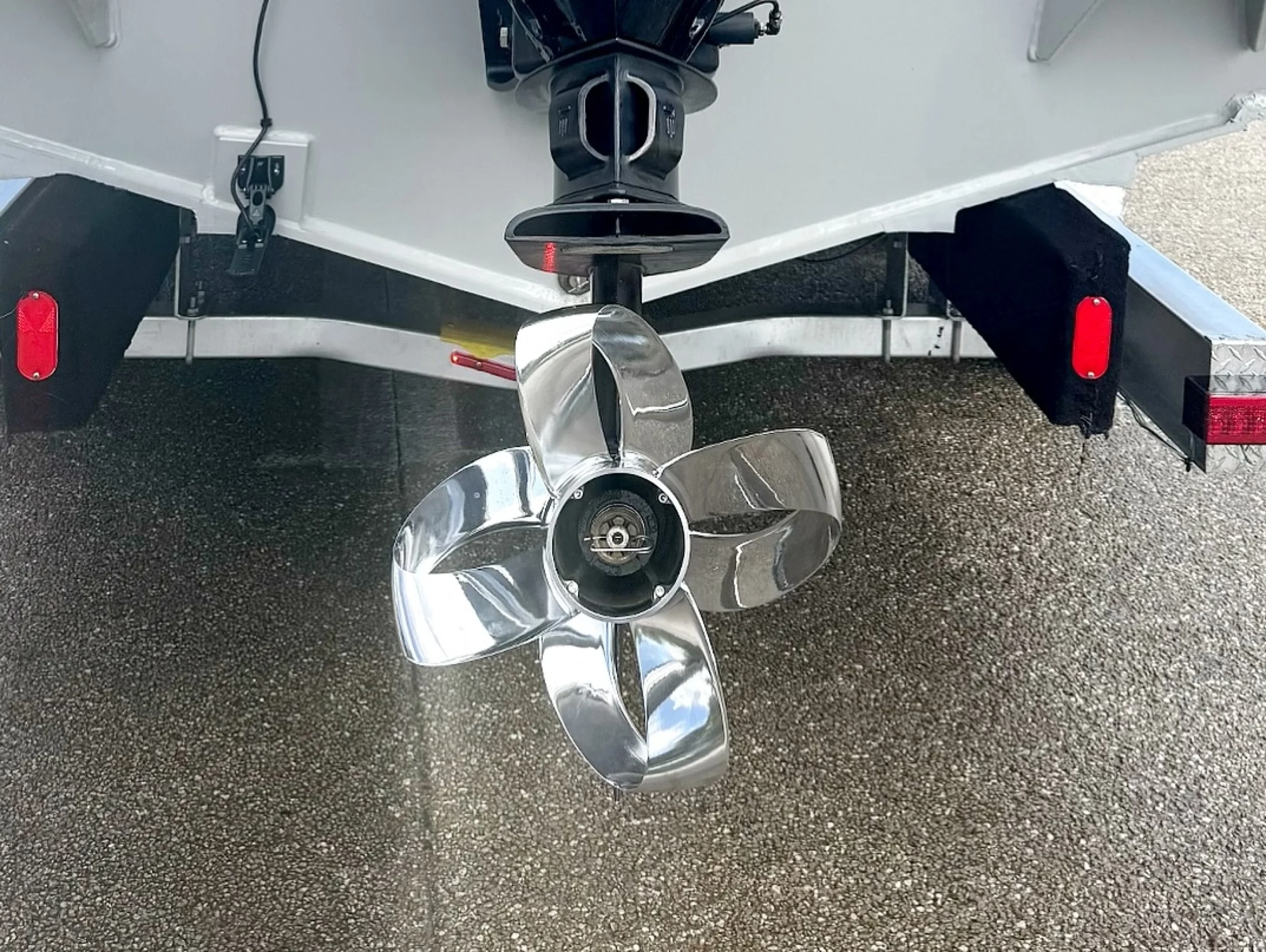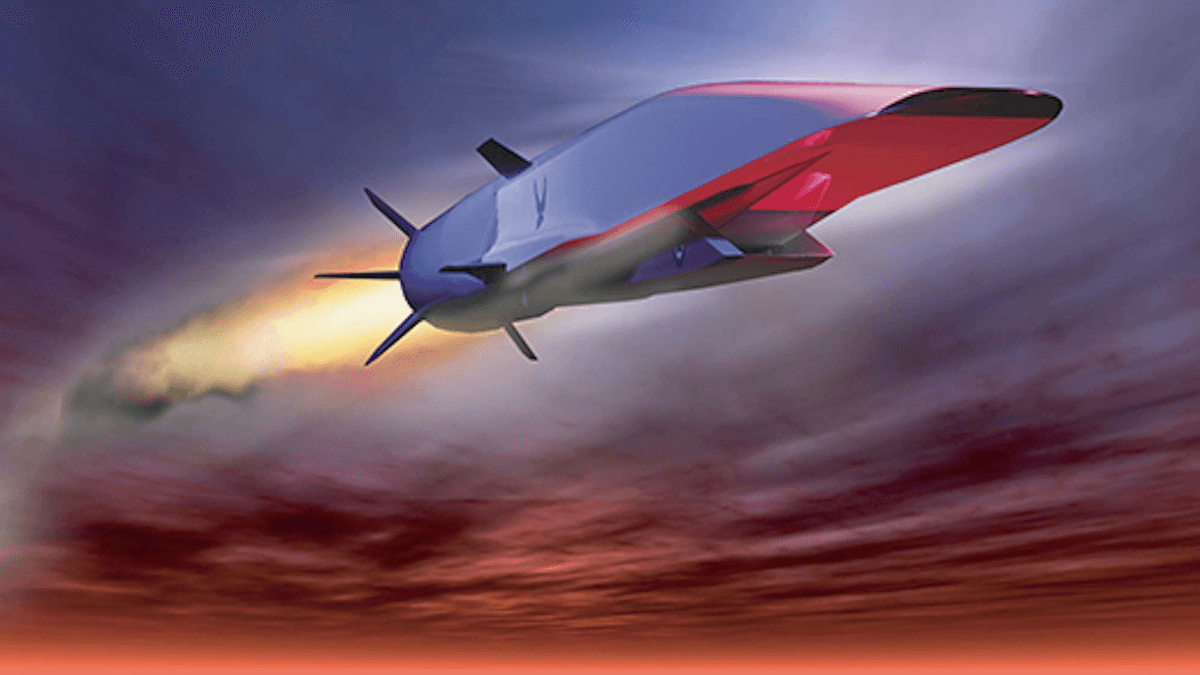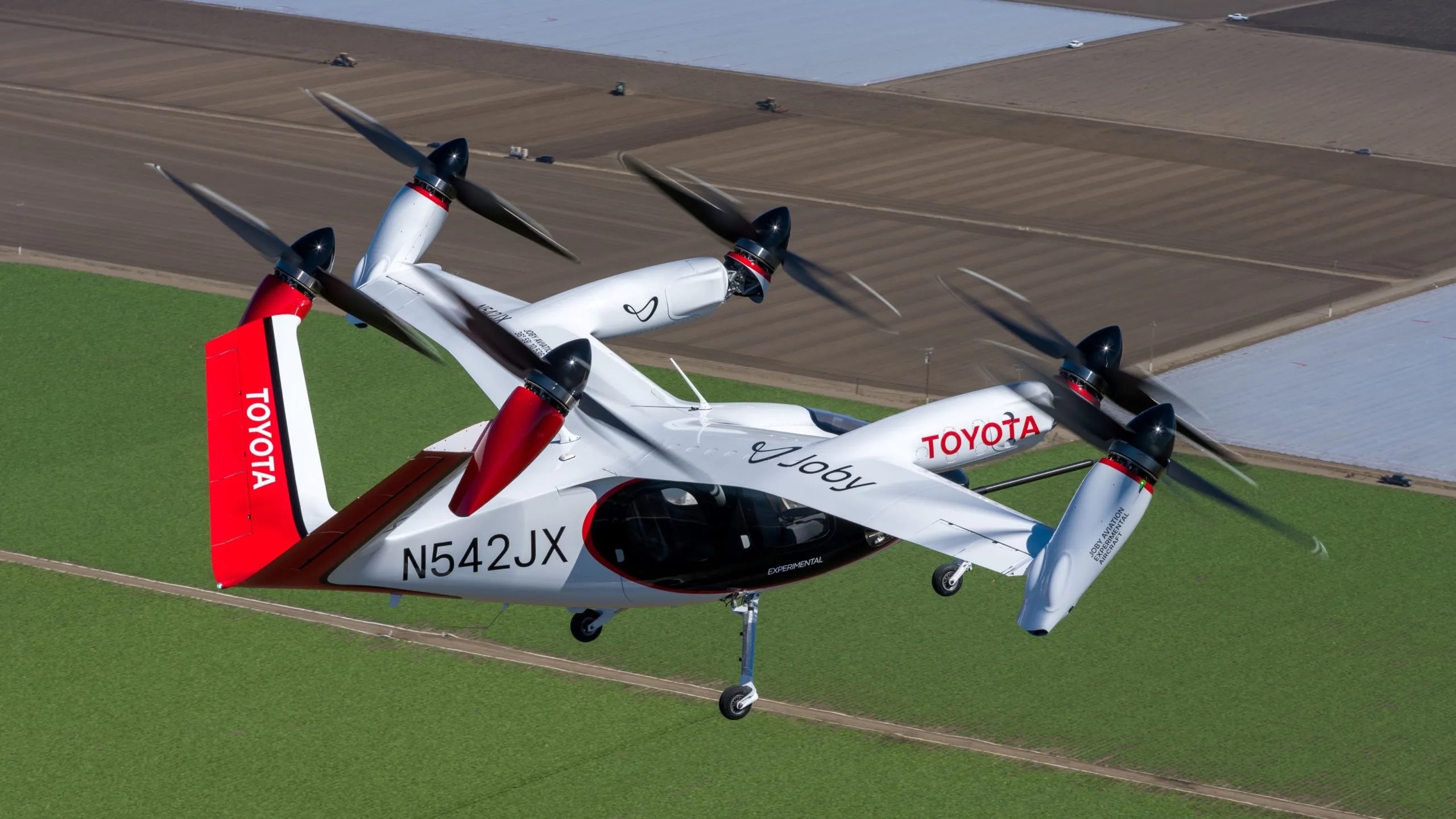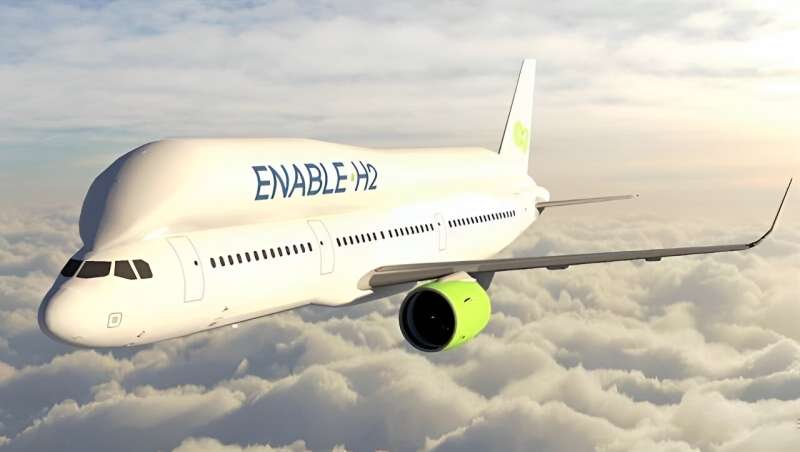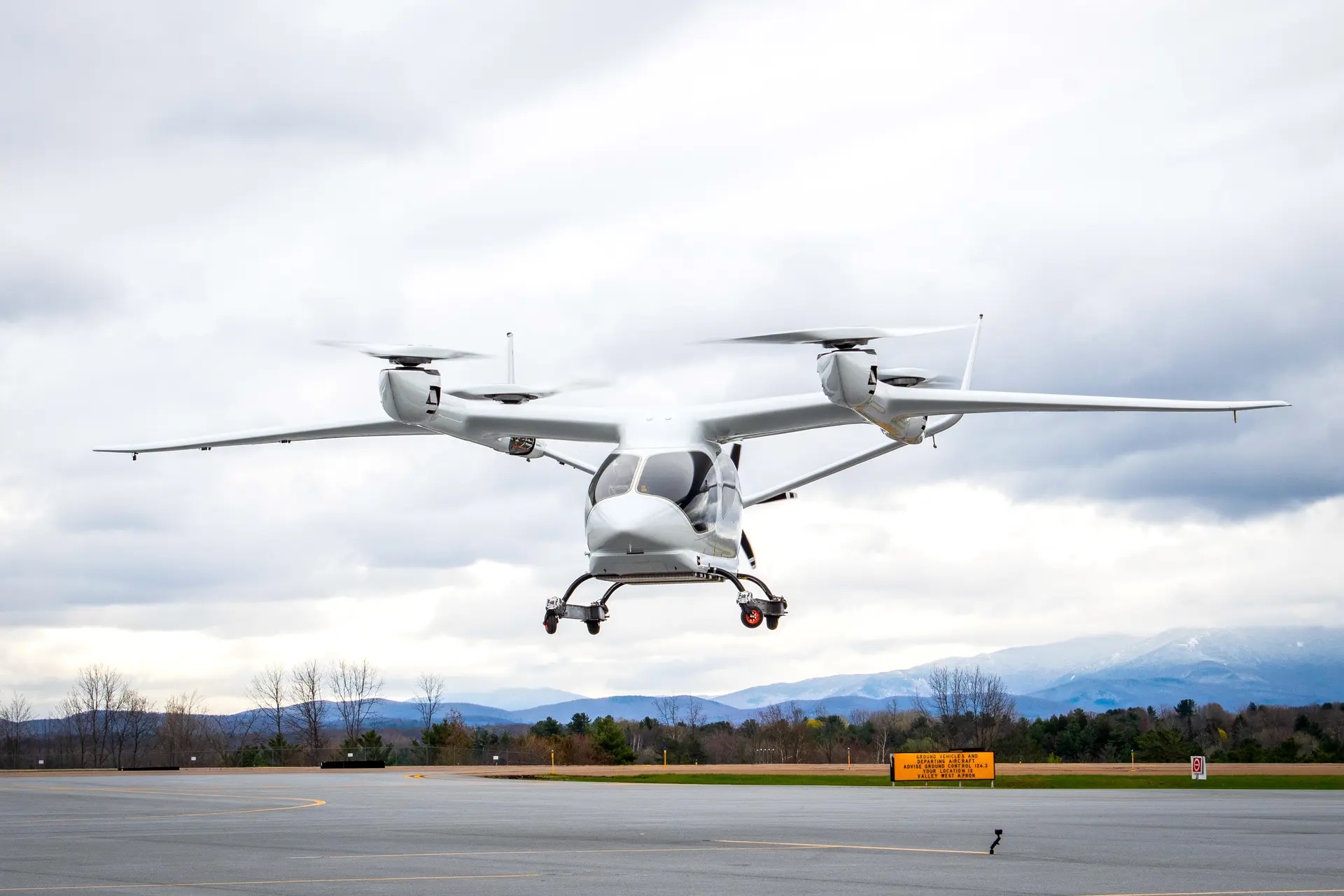For centuries, humanity has envied the effortless mastery of flight we see in birds. Their takeoffs, landings, and elegant soaring patterns remain a pinnacle of natural engineering. Airplanes gave us speed and distance, drones gave us maneuverability, but the intimate grace of flapping, feathered flight has largely remained out of reach—until now.
A breakthrough out of China suggests that we are entering an entirely new chapter of aviation. Scientists have unveiled RoboFalcon 2.0, a flapping-wing robot capable of bird-style self-takeoff and sustained low-speed flight. It’s not just another drone—it’s a proof of concept that could one day reshape how machines share the skies with us.
Continue reading… “The Dawn of Bird-Like Flight”


